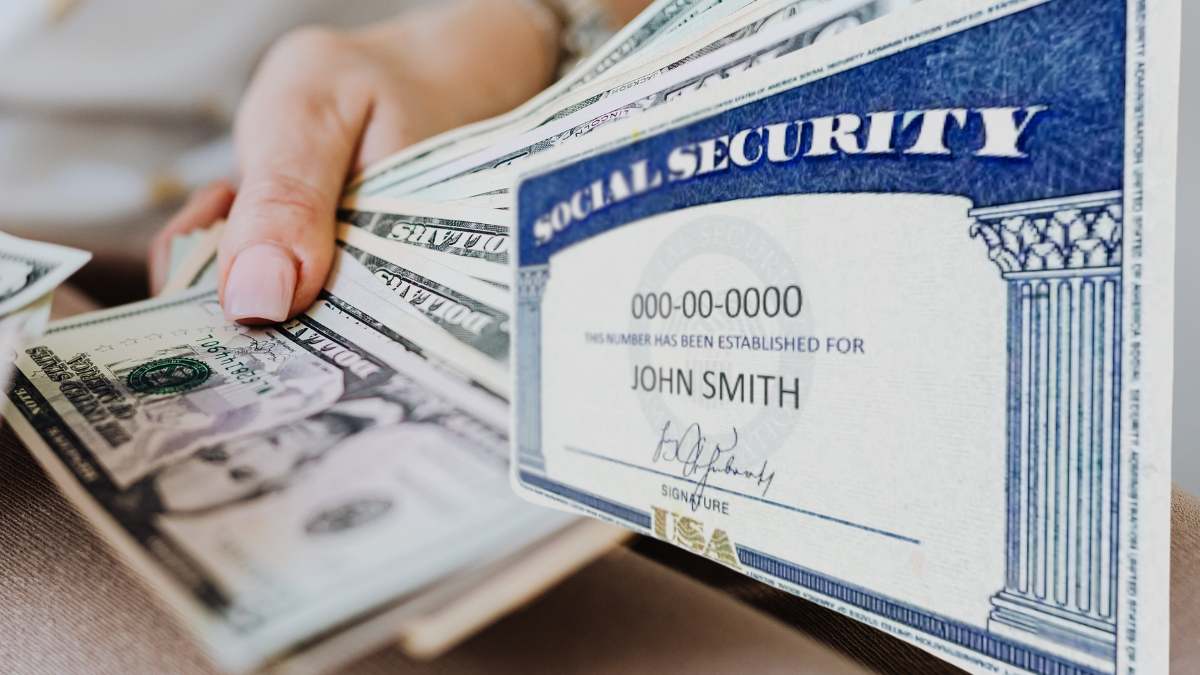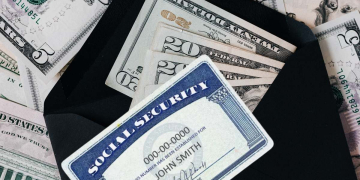The April 2025 payment schedule for federal Social Security, retirement and SSDI programs maintains, as always, a structure based on specific dates and eligibility criteria. Each group of beneficiaries receives their funds on specific days, which not only facilitates disbursements and avoids problems when distributing the money among 70 million beneficiaries, without delays or errors.
The calendar begins April 1: Supplemental Security Income (SSI) is distributed on the first business day of the month, aimed at adults over 65 years of age, people with disabilities or blindness, and those with limited resources. This payment seeks to cover basic needs such as food and housing. Those who also receive Social Security (retirement or SSDI) obtain these funds at later dates, with exceptions such as beneficiaries prior to May 1997.
More April Social Security payments: some expect up to $5,108
This date includes beneficiaries who began receiving benefits before May 1997, reside outside the country, have Medicare premiums covered by their state, or receive SSI. These payments bundle retirement and SSDI, prioritizing those who need early liquidity. For example, a pensioner with SSI would receive both payments in the first three days of the month, simplifying their financial management.
April 9, 12, and 23: retirees finally receive their payments
The second Wednesday in April corresponds to Social Security beneficiaries who began receiving support after May 1997 and have birthdates between the 1st and 10th of any month. This staggered system by birthday seeks to distribute the operational load. Those born, for example, on March 5, will receive their funds on this day, excluding those who qualify for those delivered on April 3.
The third Wednesday is reserved for those who have a birthday between the 11th and 20th of the month. This group, which includes pensioners and people with SSDI, must have started their benefits after May 1997. An example would be someone born on July 15, who would receive their payment on this date. The April 3 exceptions do not apply here.
The last payment for April corresponds to beneficiaries with dates of birth between the 21st and 31st. This mechanism covers those who, for example, were born on December 25. The SSA thus avoids crowds in the last weeks of the month. Those who qualify by April 3, as SSI recipients, are not part of this group.
How much to expect from Social Security?
The maximum possible Social Security payments, for retirees who held high-income jobs and paid all of their Social Security taxes, is $5,108, but this is an amount that is reserved for less than 1% of the nearly 70 million recipients across the United States. This group of chosen ones must also have delayed their retirement to the age of 70.
The vast majority of beneficiaries receive an amount closer to the average of $1,976, according to SSA data. All of these payments were achieved by the 2.5% COLA increase, an annual adjustment that is applied to Social Security payments and other federal programs such as SNAP benefits: this is so that they do not lose purchasing power.




